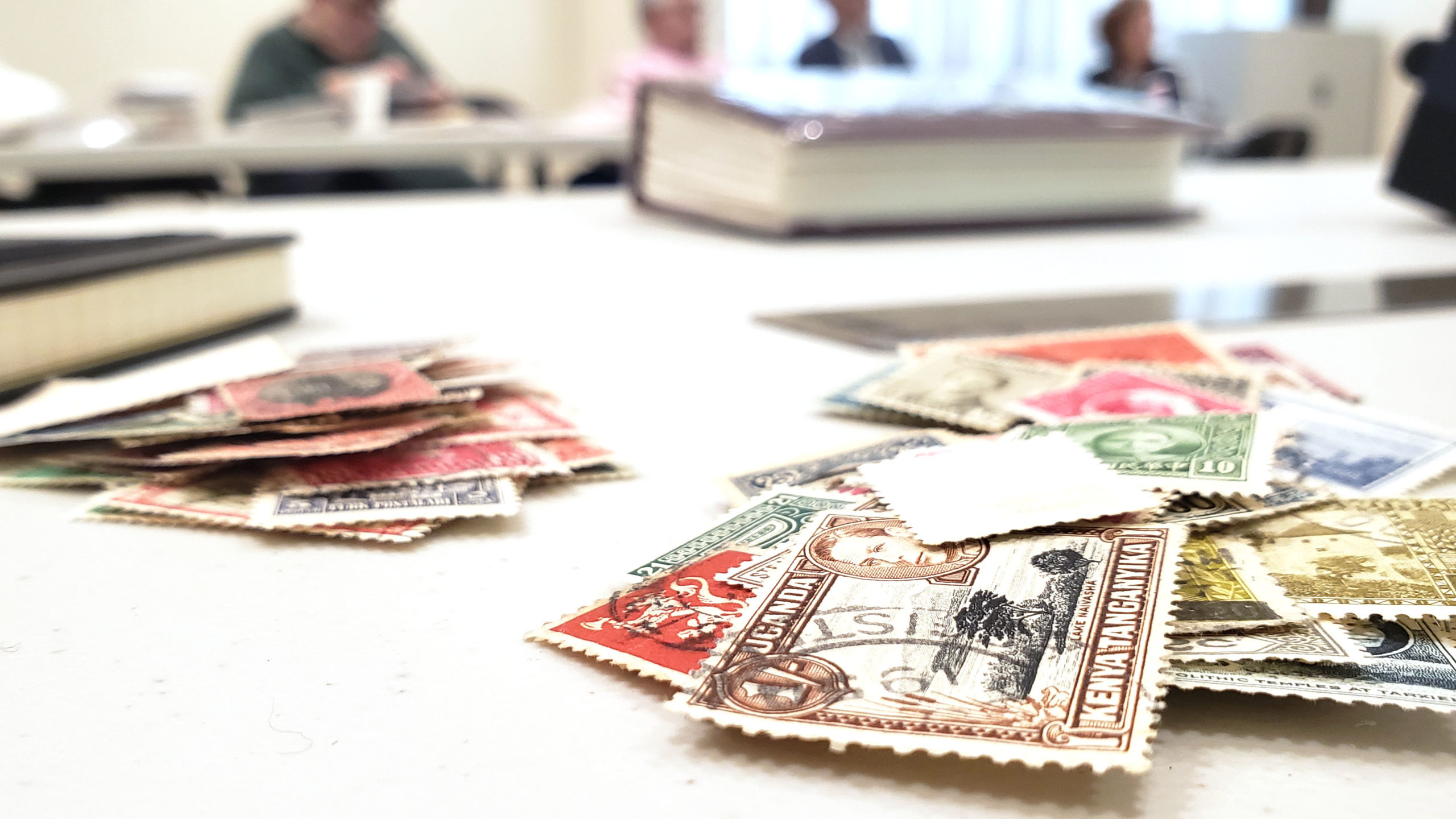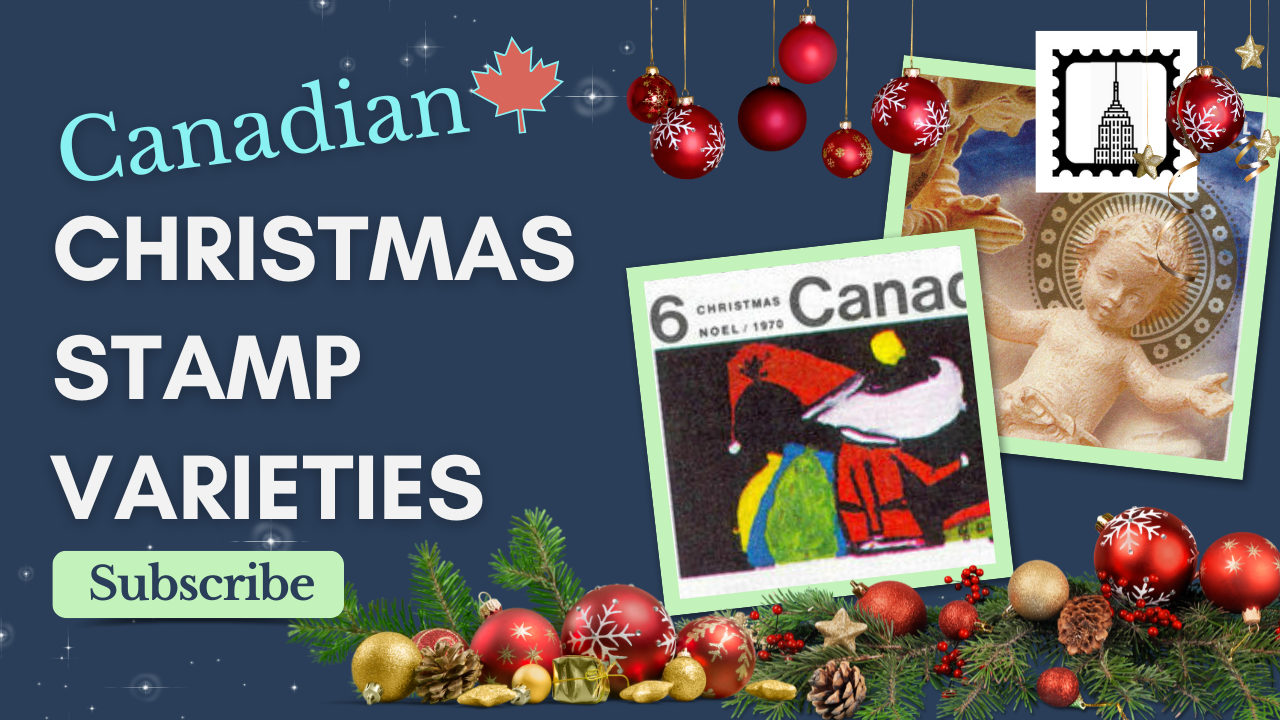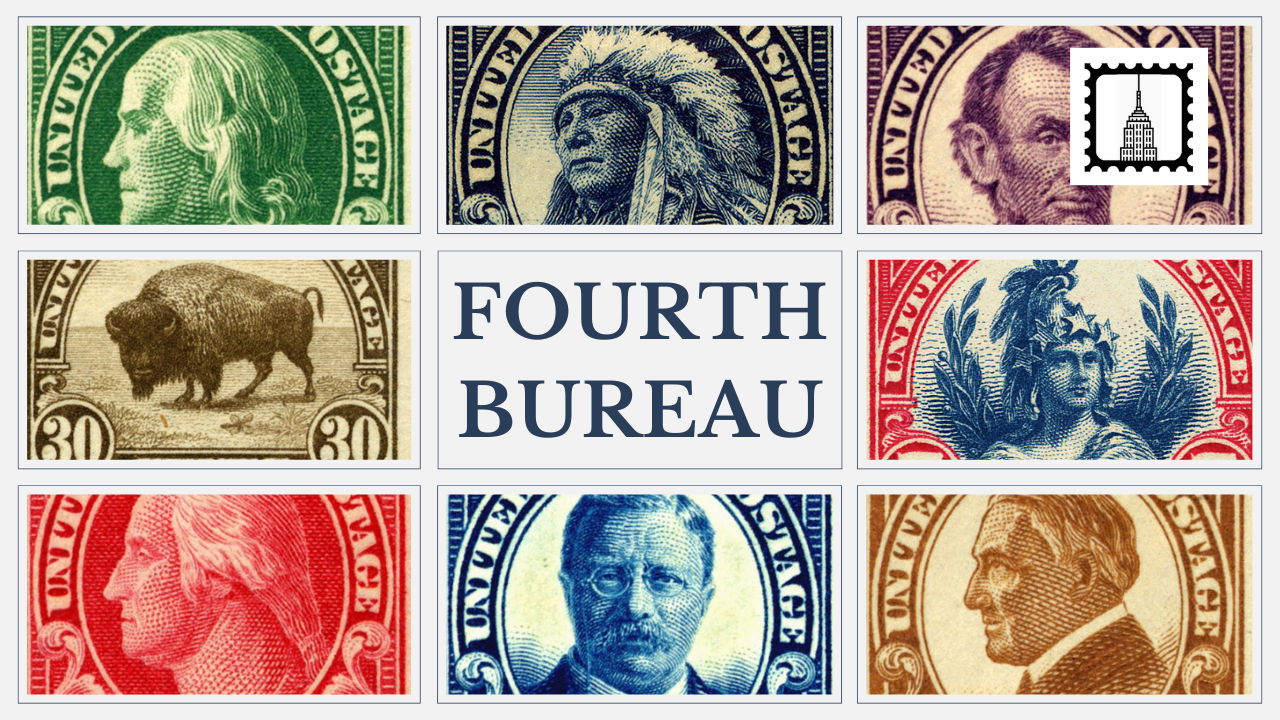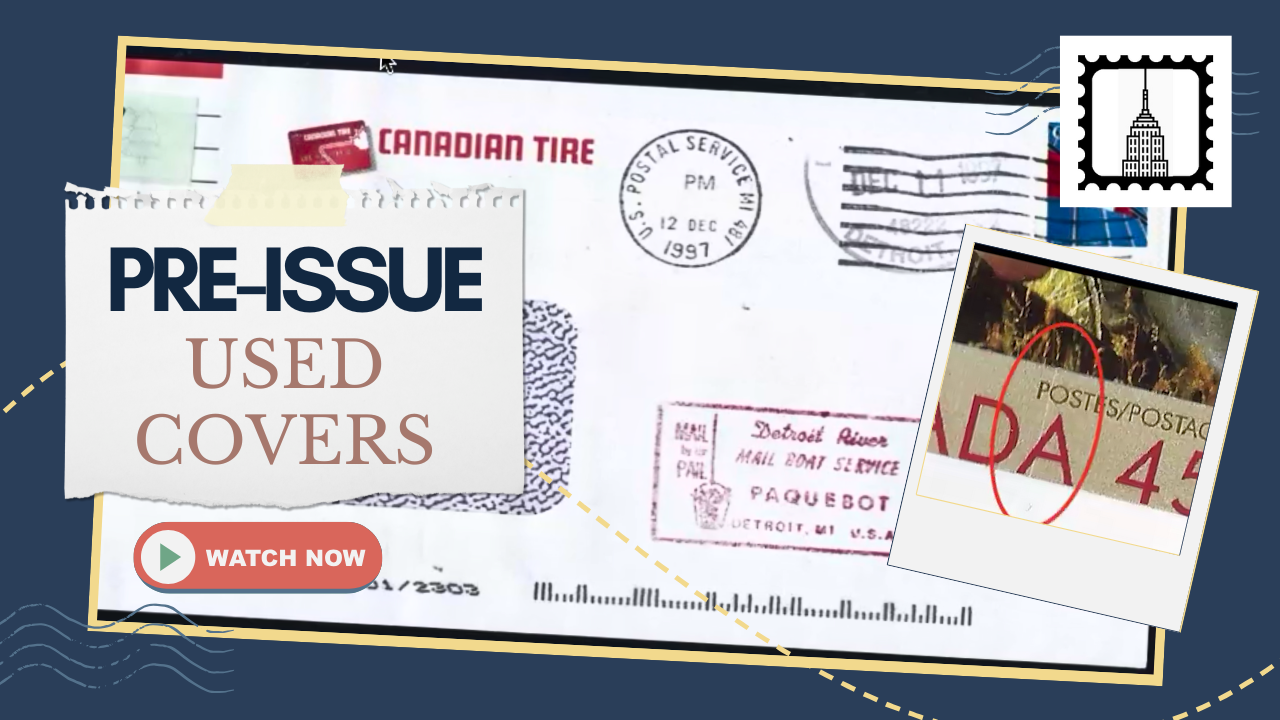Introduction
In a recent presentation, Tara Stewart introduced the Postmark Reveal tool, a free online service that helps philatelists decipher hard-to-read postmarks. The tool was brought to the philatelic community’s attention by Edward Grabowski and has quickly gained popularity due to its simplicity and effectiveness. Tara provided a live demonstration, illustrating how this tool can significantly enhance the ability to identify obscure postmarks, offering an invaluable resource to collectors.
This post will walk you through the tool’s functionality, tips for maximizing results, and practical use cases demonstrated during the talk.
What is Postmark Reveal?
Postmark Reveal is a free, web-based tool designed to enhance and filter images of postmarks, especially those that are faint, partially smudged, or obscured by stamps. It allows users to upload an image of a stamp or cover and processes it through 57 different filters, including grayscale variations, color transformations, and edge enhancement. This tool is particularly helpful for collectors dealing with postmarks that are difficult to interpret due to wear, ink smudging, or overlapping elements.
You can access the tool at postmark-reveal.com. While it’s free to use, Tara encourages users to support the creator by donating, ensuring the ongoing availability of this excellent resource.
Key Features of Postmark Reveal
Once you upload your image, Postmark Reveal provides 57 filtered versions of your postmark, including:
- Grayscale Filters: 13 different intensities to highlight faint markings.
- Negative Grayscale Filters: Six versions where lighter areas become darker, enhancing contrast.
- Color Filters: 36 different transformations that help isolate certain colors, especially useful when the stamp color blends with the postmark.
- 3D Transformations: A stylized filter that brings out depth in the postmark.
- Edge Enhancements: Highlights edges to provide a clearer outline of the postmark.
You can either save individual images or download the entire set as a zip file. This flexibility allows users to pick the best version that highlights the postmark clearly.
Live Demonstration: Step-by-Step Process
Tara walked through the process during her presentation:
- Upload Image: Visit the site and hit the Upload Image button.
- Processing the Image: Once the image is uploaded, click the Process button. The tool takes a few moments to analyze the image and apply its filters.
- Review and Compare Filters: After processing, the tool displays the 57 different variations of your image. You can scroll through and compare which filter brings out the postmark most effectively.
Tara demonstrated this by uploading an image of a partially visible postmark, which initially showed “Washington” and a faint date. By scrolling through the filtered images, she was able to discern that the postmark read Charleston RPO (Railroad Post Office), November 30, 1894.
Best Practices for Using Postmark Reveal
1. Image Quality Matters
During the demo, Tara tested different image resolutions, including 300 DPI, 600 DPI, and photos taken with her phone camera. Her conclusion? The higher the resolution, the clearer the postmark. For most cases, a 600 DPI scan worked best, but her phone camera often produced excellent results as well.
2. Handling Large Images
The tool works best with images of a moderate size. If your image doesn’t display properly, it might be due to large dimensions. In that case, resize the image before uploading. While Tara didn’t encounter issues with large images, the site does note this as a potential obstacle.
3. Focus on the Postmark
For optimal results, crop your image to focus primarily on the postmark. By removing excess portions of the cover or stamp, you allow the tool to concentrate on the relevant area, making the filtered images more effective.
Examples and Use Cases
Tara highlighted several examples during her demonstration, showing how different filters brought out postmarks that were previously difficult to decipher:
- Charleston RPO Postmark: By using various filters, Tara could isolate and clarify a postmark that originally appeared as “Washington.” The tool allowed her to identify Charleston RPO with the date.
- Salisbury, New York Postmark: In another case, a postmark obscured by a stamp was revealed to read Salisbury, NY. The 600 DPI scan performed better than the 300 DPI version, but the phone camera picture produced the clearest image.
- International Postmarks: Postmark Reveal is also effective for international postmarks. Tara displayed examples from Yokohama, Japan, and Mangalore, India, where the tool helped her decipher difficult markings.
- Smudged and Faint Postmarks: Although the tool performs well in most cases, it does have limitations. Smudged postmarks that are too light or incomplete cannot be reconstructed, even with Postmark Reveal’s filters.
Conclusion: Is Postmark Reveal Right for You?
Postmark Reveal is a powerful, easy-to-use tool for philatelists seeking to identify hard-to-read postmarks. Whether you are dealing with smudged, faint, or partially obscured stamps, the tool’s 57 filter variations provide a wide range of options to enhance clarity. Higher quality scans (600 DPI and up) work best, and cropping the image to focus on the postmark will yield better results.
While the tool doesn’t work miracles—missing or heavily smudged markings remain problematic—it excels at separating stamp designs from postmarks and revealing faint letters and dates.
Final Thoughts
For those frequently dealing with difficult postmarks, Postmark Reveal is a game-changer. It allows you to isolate, analyze, and identify postmarks with ease, saving hours of manual examination. If you find this tool helpful, consider donating to support its development and ensure it remains a valuable resource for collectors around the world.






